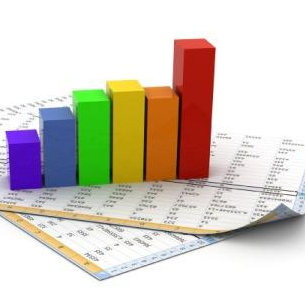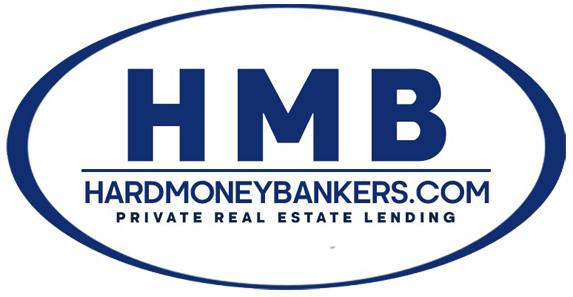Although most residential real estate investment companies are usually smaller solo operations or small groups of investors who purchase properties together, it’s extremely important to understand that there are three reports, key metrics and data that you need to be aware of and check regularly to make sure your business is running smoothly.
Marketing Conversion Report
You need to track your marketing campaigns so you know what is working, what is not working and how much money you are spending. How many online and offline marketing pieces are you running? How many mail pieces are you sending out? Ad spend online? Internal website leads? And how many multiple listing offers have you submitted? You need to figure out what your cost is for every lead you’re getting. And you need to figure out what your costs are for every property you buy.
If you don’t know what your costs are, you don’t know what you are buying properties for, and then you can’t scale and buy multiple properties.
Example: 2,000 mailing pieces sent per month at $0.50 per mailing equals $1,000. That generated 40 calls, 12 appointments and 1 closed deal. This would mean you are currently spending $1,000 to buy a property.
Cash Balance Per Property Report
You need to know how much money you have available and in your account for each property—you especially need to know your construction costs balance. Most investors are extremely bad about tracking cash and don’t even realize they are constantly going over budget. Investors typically will use an Excel spreadsheet or Quickbooks to track their records. We strong discourage both these systems since they can’t provide you with the property data you need. We currently use Sage 100 Contractor—it’s construction software that manages real estate associated with it as well.
Example: You have five properties and you run a report through your bank account which states you have $50,000 in your account. Property one has $20,000; property two has $10,000; property three has $5,000; property four has $5,000; property five has $3,000. And then you have a line item for company cash ($2,000 which is not associated with a property). With this format, you know specifically how much money you have associated with each property. If you have $10,000 of work left on a property, but you only have $8000 in the account, that is a problem. You don’t have enough money to finish the project—you’ll need to come up with other means to do that, so you will need to know this ahead of time.
Here is an example of a sample cash balance per property report where your software has one column for the property address and one column for current balance. The combined number should match up exactly to your bank account.
I know most investors feel accounting isn’t sexy but tracking your own cash, money and profits is. Make sure you have some control over this and you’re not just outsourcing or ignoring it.
Return on Investment per Property
You need to know how much money you made on each property and what your rate of return is. Or if you’re putting up cash, what is your cash on cash return. You need to determine how much you’re making on each property. When it comes to accounting, it’s either right or wrong. You can’t run a business unless it’s 100% accurate. Accounting software helps with this. It’s all out there, so you don’t have to create a custom reports. These types of software are easy to get and to work with.
You know we constantly talk about trying to make 20% returns based on your costs per property. For instance, you’re buying a property, you’re renovating it, you’ve got some purchase costs, rehab costs, financing costs, some holding costs, etc.—it all comes out to $150,000, so you need to net $30,000 at the end of the game because 20% of $150,000 is $30,000. You need to work your key metrics based off of that. If you want to change that metrics to 15% or 25% return, you need to know what all your numbers are so you can look at it on a macro level and determine exactly where you are. This is the correct way to project for the future as you scale and do more real estate deals.
This has to be done. If you’re not doing real estate investing this way, you need to have a reality check and make sure you are.



